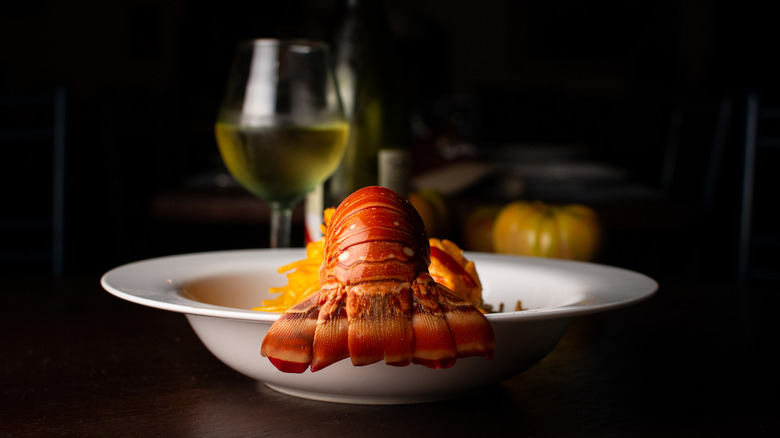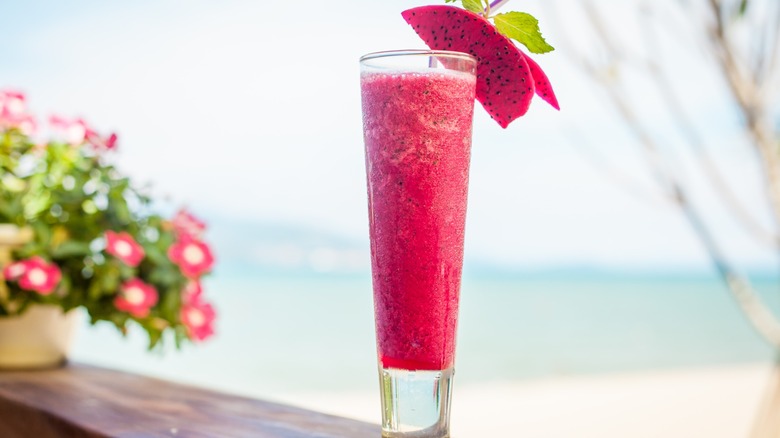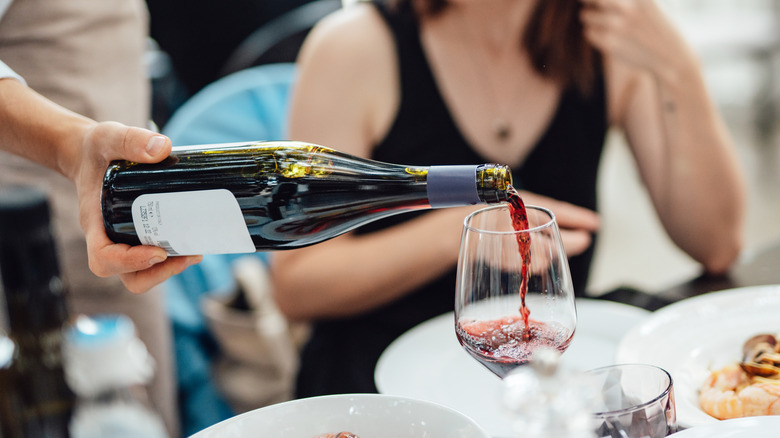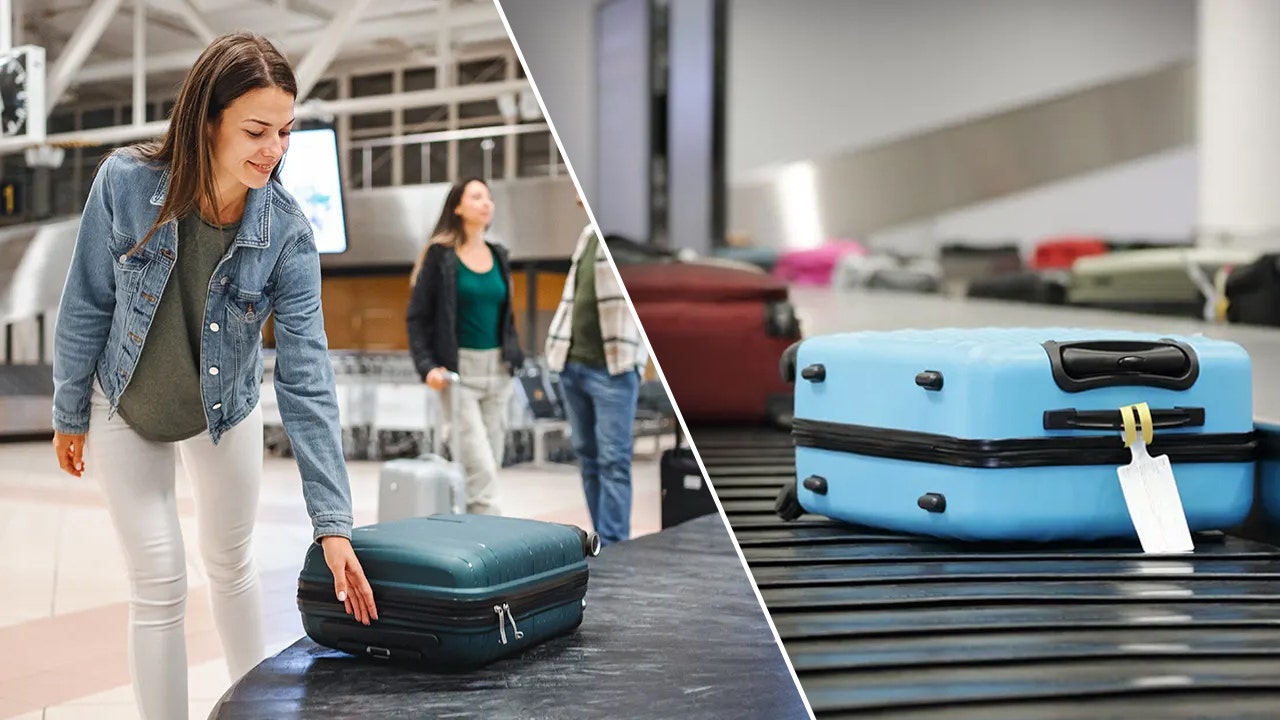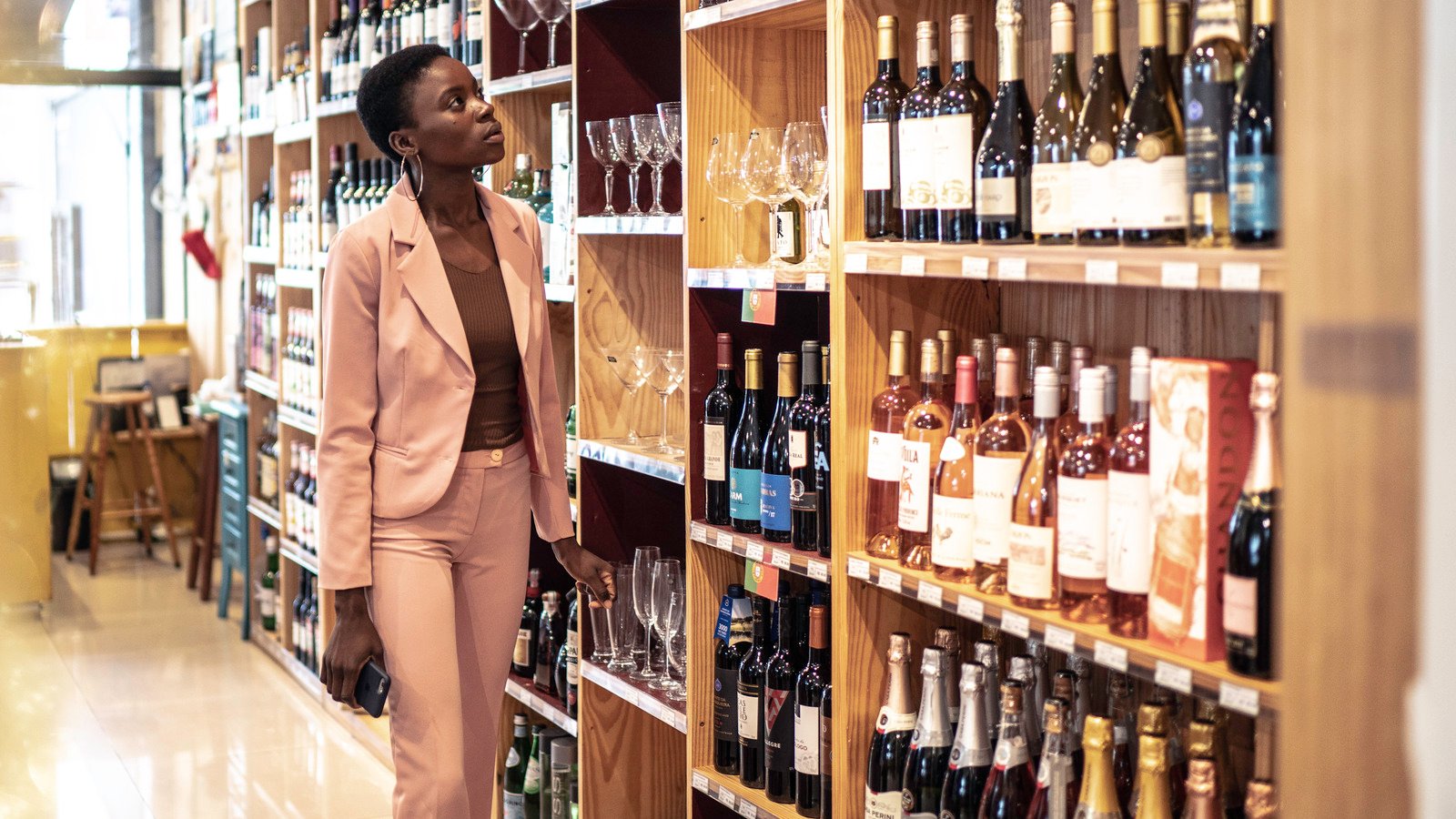Ditch Your Fancy Wine Vocabulary To Shop Like A Pro
Are you tired of feeling overwhelmed when you walk into a wine shop? The aisles are filled with bottles of different shapes, sizes, and labels, and the terminology used to describe wine can sound like a foreign language. But fear not! You don’t need to be a sommelier to navigate the world of wine. In fact, ditching the fancy wine vocabulary can actually help you shop like a pro. So put away that wine dictionary and let’s explore how you can choose the perfect bottle without all the jargon.
1. Understand Your Preferences
The first step in shopping for wine is to understand your own preferences. Do you prefer red or white? Light and crisp or full-bodied and bold? By knowing what you enjoy, you can narrow down your choices and make your decision-making process much simpler. Don’t worry about knowing all the technical terms—focus on what tastes good to you.
2. Explore Different Regions
Ditch the notion that only wine from prestigious regions is worth buying. Take a step out of your comfort zone and explore wines from lesser-known regions. You’ll be surprised at the hidden gems you can find without breaking the bank. Instead of getting caught up in fancy terminology like “terroir,” simply ask the knowledgeable staff at the wine shop for recommendations from various regions. This way, you can discover unique and delicious wines you might have otherwise overlooked.
3. Look for Flavor Profiles
Instead of getting lost in a sea of wine descriptions that seem like gibberish, look for flavor profiles on the label. Many wine bottles have a description of the taste right on them. Words like “fruity,” “earthy,” or “spicy” can give you a general idea of what to expect. By focusing on these flavor profiles, you can easily find wines that match your preferences without having to decipher complicated wine terms.
4. Read Customer Reviews
Customer reviews can be a valuable resource when shopping for wine. Many online retailers allow customers to leave reviews and ratings for the wines they’ve purchased. Take advantage of this information to find wines that have been highly rated by others with similar tastes. But keep in mind that taste is subjective, so take reviews with a grain of salt. It’s always best to try a wine for yourself to see if it aligns with your personal preferences.
5. Attend Wine Tastings
One of the best ways to expand your wine knowledge and find new favorites is by attending wine tastings. Many wine shops or vineyards offer tastings where you can sample different wines before making a purchase. This hands-on experience allows you to explore different varietals, learn about the winemaking process, and chat with knowledgeable experts. Attend these tastings with an open mind and let your taste buds guide you, rather than worrying about using proper wine terminology.
6. Don’t Be Afraid to Experiment
Last but not least, don’t be afraid to experiment with different wines. Wine is meant to be enjoyed, and part of the fun is discovering new flavors and styles. Step outside of your comfort zone and try something you’ve never had before. You may stumble upon a hidden gem that becomes your new go-to wine. Remember, shopping for wine should be an enjoyable experience, not an intimidating one.
Conclusion
Shopping for wine doesn’t have to be an intimidating task filled with fancy vocabulary and complex terminology. By understanding your own preferences, exploring different regions and flavor profiles, reading customer reviews, attending wine tastings, and being open to experimentation, you can shop like a pro without being a wine expert. So next time you find yourself in a wine shop, leave the fancy wine words behind and trust your own palate. Cheers to enjoying wine in your own unique way!
*Source www.foodrepublic.com




















